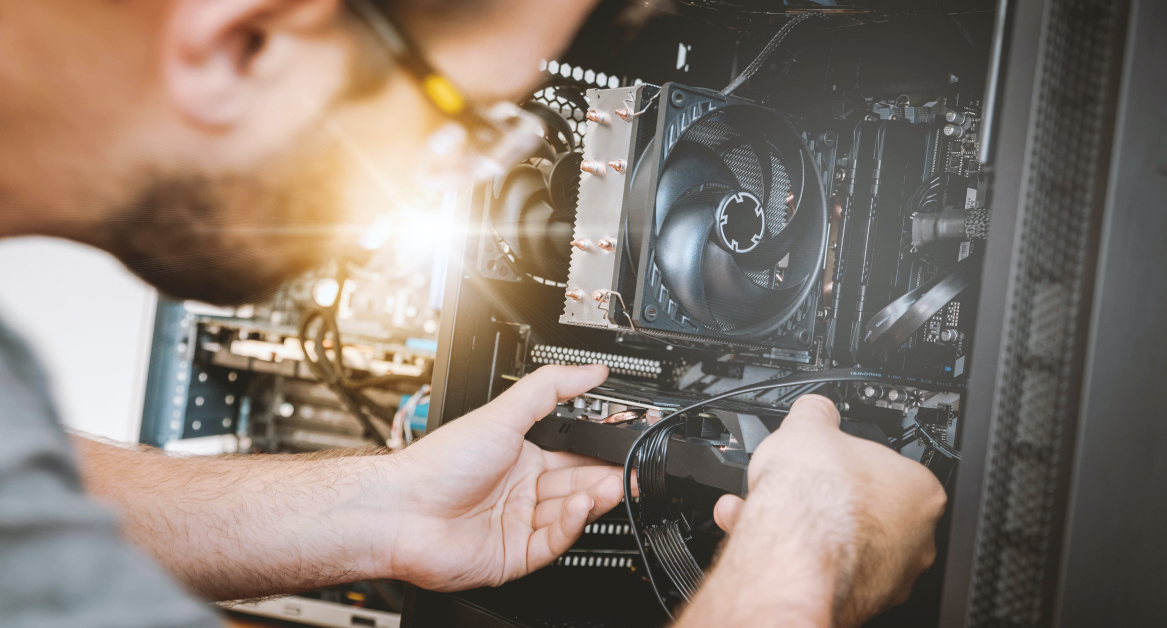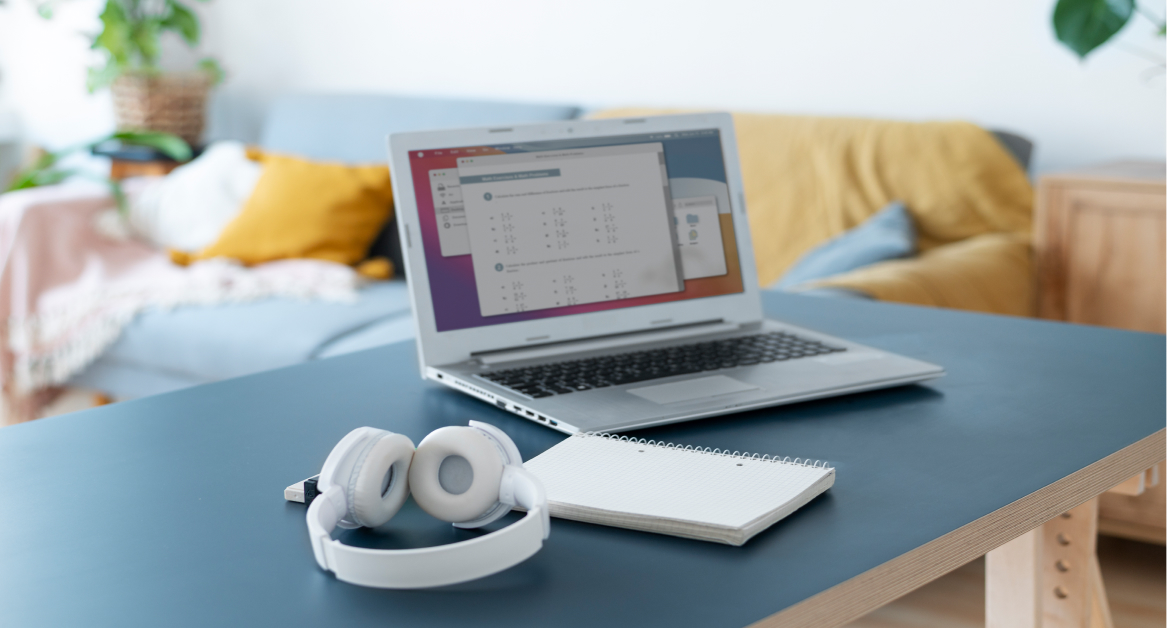In today’s fast-paced and remote-first digital world, CEOs, founders, and CIOs often need help with the complexities of tracking, maintaining, and optimizing IT assets, especially IT hardware assets. Because,
How to effectively manage physical assets when they are physically decentralized?
This blog dives into the complexity of IT hardware asset management, offering insights and 8 proven strategies to enhance operational efficiency and reduce IT hardware risks.
Understanding IT hardware asset management
The hardware asset management processes
IT hardware asset management, at its heart, is a strategic approach focused on managing and optimizing the physical components of an organization’s IT infrastructure. This includes various hardware such as laptops, desktops, servers, printers, and monitors. The process involves a comprehensive cycle that begins with the acquisition of these assets and extends through their deployment, maintenance, and eventual disposal.
IT hardware asset management is not just about recording what assets a company owns; it’s a dynamic process that tracks each asset’s location, status, and performance throughout its lifecycle.
The benefits of hardware asset management
Understanding the importance of hardware asset management is key to recognizing its value to an organization.
Firstly, it enables companies to make informed decisions about their IT infrastructure. A well-maintained asset inventory provides valuable data that can inform purchasing decisions, budgeting, and long-term IT strategy.
Secondly, loss prevention is another critical aspect of hardware asset management. With a comprehensive tracking system, companies can quickly detect missing or underutilized assets, reducing financial risks and ensuring optimal asset usage. This is particularly important in a hybrid or remote working environment, where tracking the location and status of hardware assets can be more challenging.
Furthermore, managing the hardware asset lifecycle effectively helps organizations maximize each asset’s value. This lifecycle management includes timely upgrades and replacements, ensuring that the company’s IT infrastructure remains modern and efficient. It also involves considering the total cost of ownership, which includes not just the purchase price, but also maintenance costs, software licenses, and the eventual disposal costs.
8 steps to IT hardware asset management
Effective IT hardware asset management is pivotal for businesses, particularly those operating with remote teams.

Step 1: Assessing your current situation
The first step in hardware asset management is to assess your current inventory. This involves a thorough audit of all existing IT hardware. Identify what assets you have, where they are located, and their current condition. For remote companies, this step is critical as it helps track assets distributed across various locations.
Assessing your situation also involves understanding your hardware’s performance. Questions like:
- Are your current assets meeting the needs of your employees?
- Do they align with the company’s current and future technology requirements?
Step 2: Setting clear goals
Once you have a clear understanding of your current assets, the next step is to set clear goals. What do you want to achieve with your IT hardware asset management? Goals might include reducing costs, improving efficiency, or ensuring all remote employees have the necessary tools.
Setting goals is not just about the end results; it’s also about determining the metrics you will use to measure success. This could be a reduction in maintenance costs, an increase in asset utilization rates, or a decrease in the time it takes to resolve hardware issues.
Step 3: Establishing policies and procedures
Establishing clear policies and procedures is essential for effective hardware asset management. This step involves creating guidelines for purchasing, deploying, maintaining, and disposing of IT hardware.
🧐 Check out our free IT Asset Management Policy Template
For remote and hybrid teams, policies should also include protocols for distributing and retrieving hardware assets. Moreover, procedures should also include how to handle hardware failures, upgrades, and end-of-life disposal. A well-defined set of policies and procedures ensures consistency in managing assets and helps avoid any potential legal or compliance issues.
Step 4: Choosing the right tools and software
The fourth step involves selecting the right tools and software for managing your IT hardware assets. The ideal tools should offer features that align with your goals and simplify the management process. This includes inventory management, asset tracking, and reporting capabilities.
For remote companies, choosing software that integrates with other business systems, such as HR and finance, is crucial. This integration ensures a seamless flow of information and a holistic view of your assets.
Step 5: Inventory management
Effective inventory management is a cornerstone of successful IT hardware asset management. It involves maintaining an up-to-date record of all hardware assets, and tracking their location, status, and condition. For remote teams, this step is crucial to ensure that employees have the necessary equipment and that assets are being utilized efficiently.
Inventory management should be an ongoing process, not a one-time event. Regular updates are necessary to reflect new acquisitions, disposals, or changes in asset status.
Step 6: Asset tagging and labeling
Asset tagging and labeling is a vital step in hardware asset management, particularly for companies with distributed workforces. It involves assigning a unique identifier to each hardware asset. This tag can be a barcode, QR code, or RFID tag, which helps in tracking the asset throughout its lifecycle.
Effective tagging and labeling enable quick identification, helping in loss prevention and efficient management. It also simplifies the process of conducting audits, tracking maintenance schedules, and managing deployments and retrievals.
Step 7: Regular audits and updates
Regular audits are essential to ensure the accuracy of your hardware asset inventory. Audits help identify discrepancies, missing items, and opportunities for optimization. For remote companies, this might include verifying that employees have the necessary equipment and that it’s functioning as expected.
Audits also provide insights into usage patterns, which can inform future purchasing decisions and help identify opportunities for cost savings. Regular updates based on these audits are crucial to keep the inventory aligned with the actual state of assets.
Step 8: Training and employee involvement
The final step is ensuring that all employees are well-informed about the policies and procedures related to IT hardware asset management. Training and involving employees in the process is vital, especially in remote work settings where employees are often responsible for managing their own hardware to some extent.
Training should cover the proper use of hardware, reporting procedures for issues, and guidelines for requesting new or replacement equipment. Involving employees in the process not only ensures compliance with asset management policies but also encourages a sense of ownership and responsibility.
Manage your IT hardware in a remote work setting
By following these eight steps, companies can build a strong foundation for managing their IT hardware assets, leading to improved efficiency, reduced costs, and better support for their remote workforce. However, the story is a tad bit more challenging for teams with a distributed workforce.
For companies with distributed teams in the Asia Pacific, Esevel offers a full-stack solution to this complex process. Our platform simplifies the entire hardware asset management lifecycle, assisting remote businesses with the purchasing, managing, and retrieval of IT devices.

By combining the efficiency of software-as-a-service with in-country IT support, we ensure that businesses can seamlessly manage their hardware assets, no matter where their teams are located.







